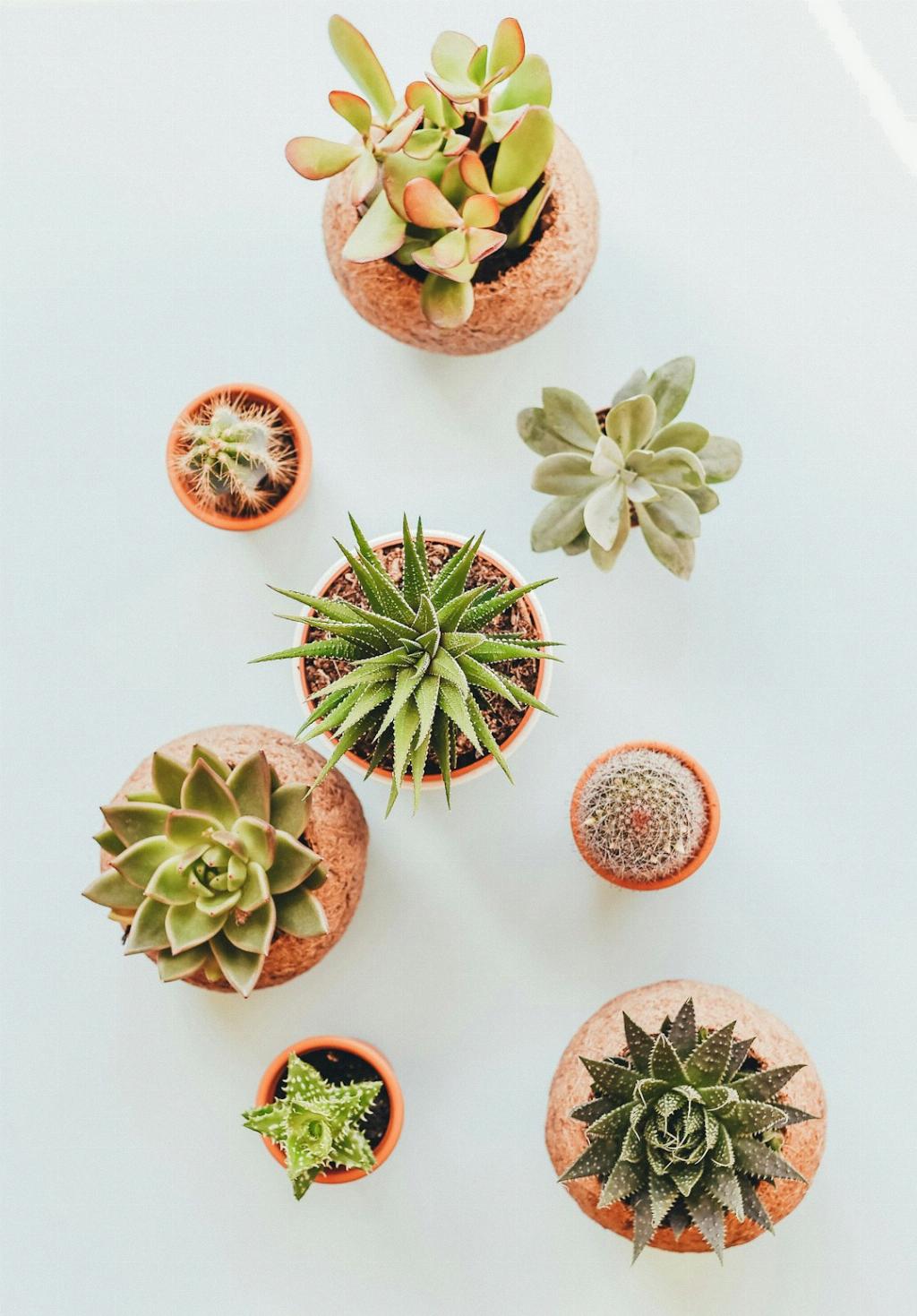Have you ever noticed your cactus starting to develop a long, stretched-out stem with paler and less compact leaves? This phenomenon is known as etiolation, and it can be a sign that your cactus is not getting enough sunlight. Etiolation is a common response in plants when they are deprived of the light they need to thrive.
When a cactus lacks adequate sunlight, it triggers a series of changes in the plant’s growth pattern. One of the most noticeable effects is the elongation of the stem, which can become leggy and weak. The leaves may also start to lose their vibrant color and compact shape, appearing pale and more spaced out along the stem.
The primary cause of etiolation in cacti is typically insufficient exposure to sunlight. Cacti are desert plants that are adapted to thrive in bright, sunny conditions. When they are kept in low-light environments, such as indoors or in shaded areas, they may not receive the intensity of light they need to maintain their compact, healthy growth.
Proper sunlight exposure is crucial for cacti to photosynthesize effectively and produce the energy they need to grow and thrive. When a cactus is deprived of sunlight, it may resort to stretching out its stem in an attempt to reach towards a light source, resulting in the characteristic long and spindly growth.
It’s important to understand that etiolation is a reversible process, and with the right care, you can help your cactus recover from this condition. To prevent further elongation of the stem and restore your cactus to a healthier state, you should gradually introduce it to more sunlight while taking care to avoid sunburn by acclimating it slowly.
In addition to sunlight, other factors such as watering and soil quality can also impact the growth of your cactus. Overwatering, for instance, can lead to root rot and hinder the plant’s ability to uptake nutrients effectively, which in turn can affect its overall growth and health.
When addressing the issue of a cactus growing a long stem, it’s essential to assess its current growing conditions and make adjustments as needed. Providing it with a well-draining soil mix, watering it appropriately, and ensuring it receives sufficient sunlight are key steps to promoting healthy growth and preventing etiolation.
If you’ve noticed your cactus displaying signs of etiolation, such as a long, thin stem and pale, spaced-out leaves, it’s a clear indication that the plant is not receiving the light it needs. By addressing this issue promptly and making changes to improve its growing conditions, you can help your cactus thrive and regain its compact, vibrant appearance.
Remember that each cactus species has its own specific light requirements, so it’s essential to research the optimal conditions for your particular cactus variety to ensure its long-term health and well-being. With proper care and attention, you can enjoy watching your cactus thrive and grow into a beautiful, healthy plant.
In conclusion, if you find your cactus growing a long stem, it’s likely a result of etiolation caused by inadequate sunlight exposure. By providing your cactus with the right conditions, including proper sunlight, watering, and soil quality, you can help it recover from this condition and promote healthy growth. With patience and care, your cactus can return to its compact, vibrant form and continue to thrive in your home or garden.

